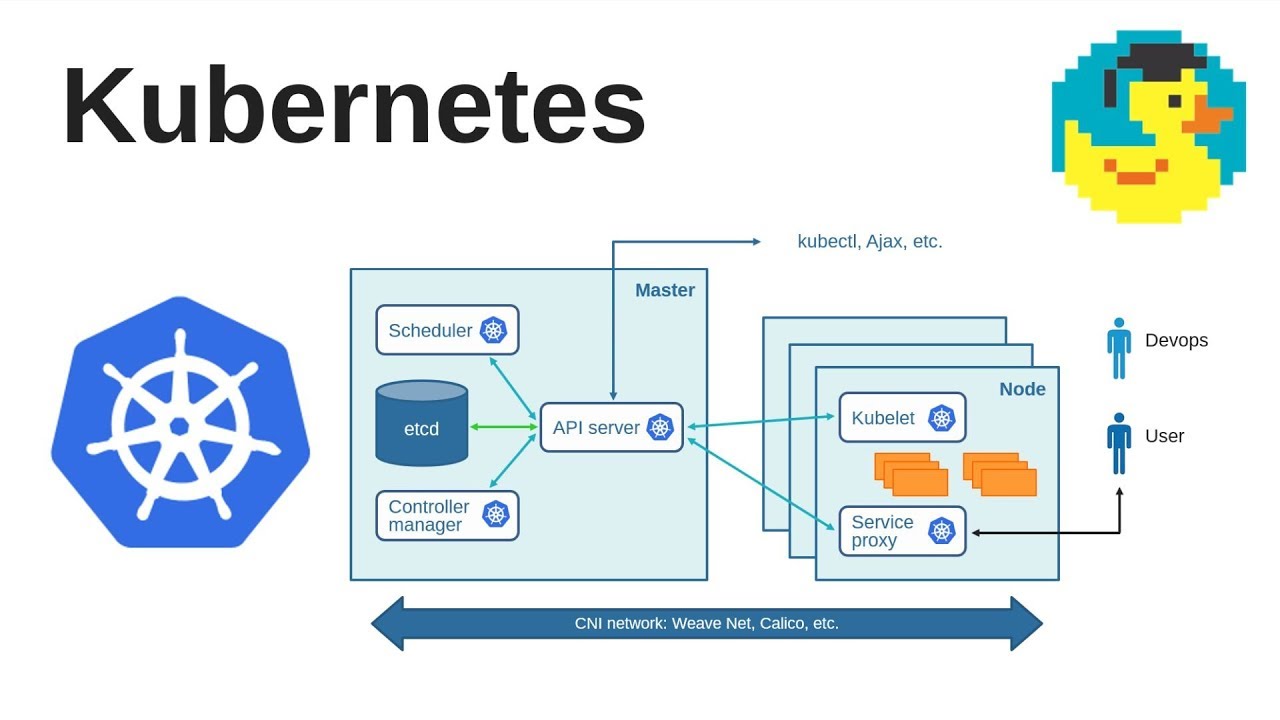Kubernetes is a relatively new but already actively used cluster for container orchestration. This is an open source extensible platform, which Google opened in 2014. However, all other kubernetes services are also widely available to users and don’t have specific protection.
In the era of virtualization, containers began to be used in programming to save space on platforms and optimize processes. Containerization has tremendous benefits, the main of which are:
- Containers are not connected with each other, the work of one unit doesn’t affect the work of others in any way. If one container is temporarily suspended, all the others continue to work in full;
- agile development. It’s quite easy to create containers, which is a big advantage for developers, because they don’t need to spend a lot of time on it;
- Containers can work in both physical and cloud storage;
- efficiency and compactness.
Containerization is perhaps the best way to link all of the company’s apps and then run them, while the whole system is managed by the kubernetes cluster. Control processes are launches using the kubernetes control manager.
Why do you need the kubernetes control manager?
In simple terms, controllers are separate processes that, for convenience, are generated into a single binary file and run as a single process. Controllers allow you to transfer any task from the current state to the necessary one. There are several types of kubernetes control managers, namely controllers of:
- It reacts to node failures, finds out if a node was deleted in the cloud after problems started;
- They analyze tasks and create modules for their implementation;
- service tokens. Create API tokens for new spaces;
- Create default accounts;
- end points. Attach to modules and services, filling the space with endpoints.
The kubernetes control manager combines multiple tasks into one file, thereby making it possible to resolve multiple issues in one process. SHALB experts specialize in containerization tasks, managing them using kubernetes clusters, as well as work with the kubernetes control manager to find problems, further solve them and expand the platform’s capabilities.
